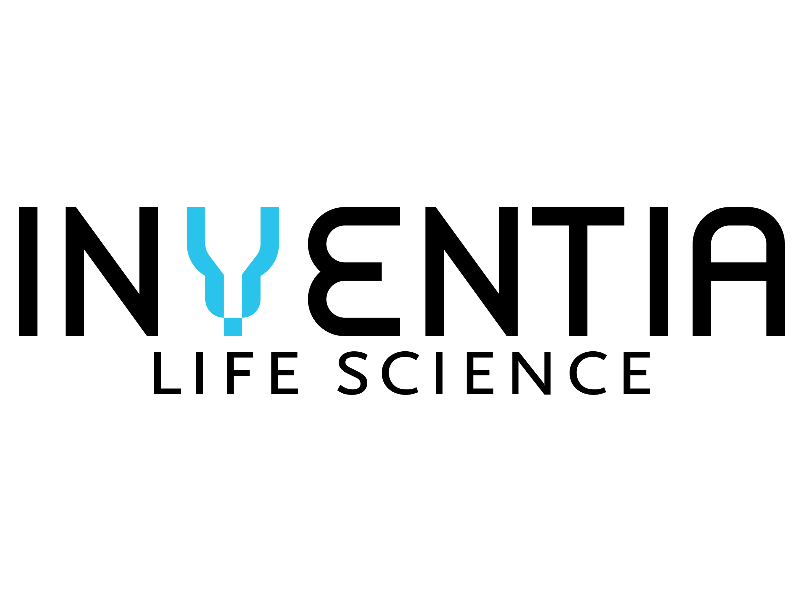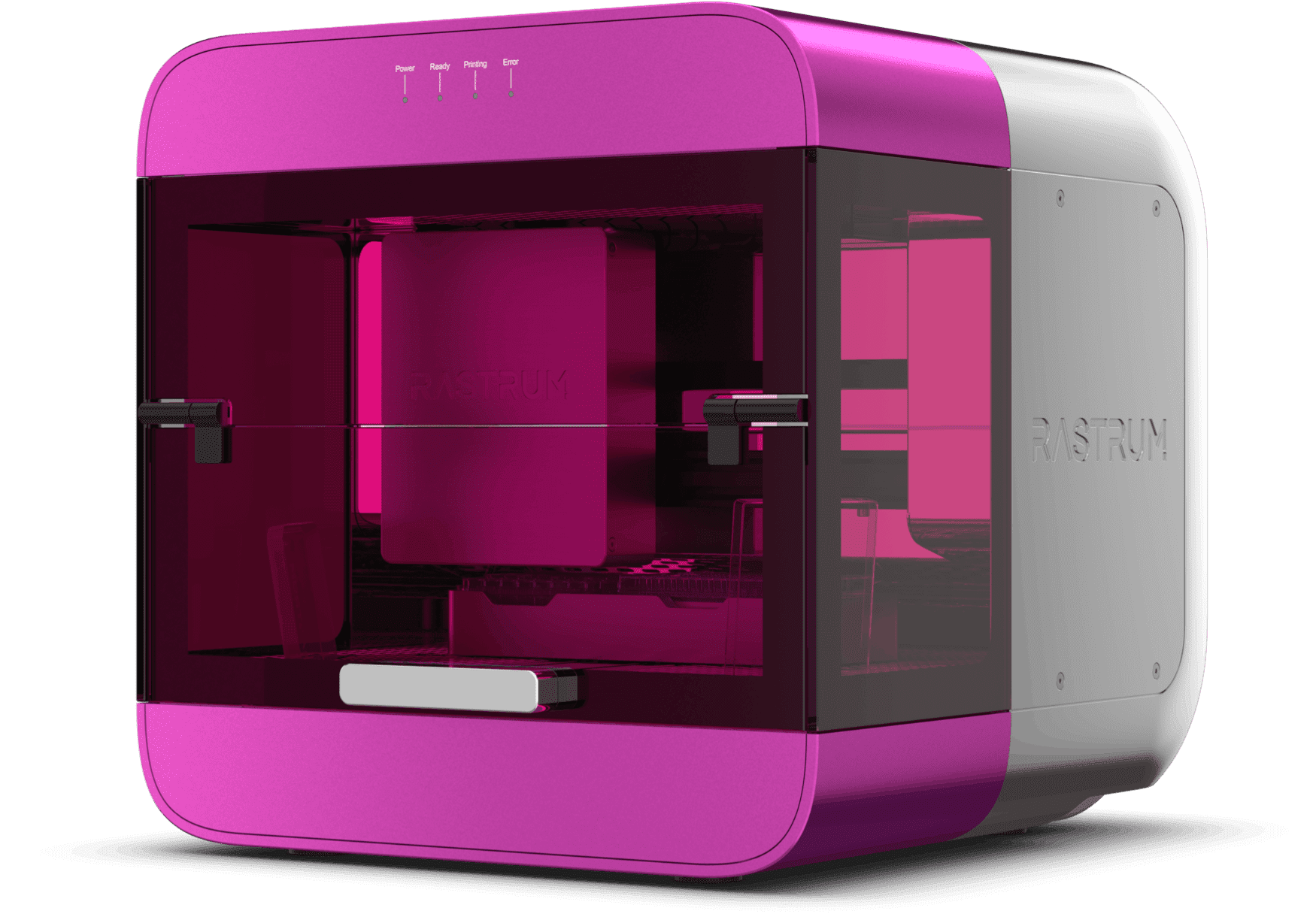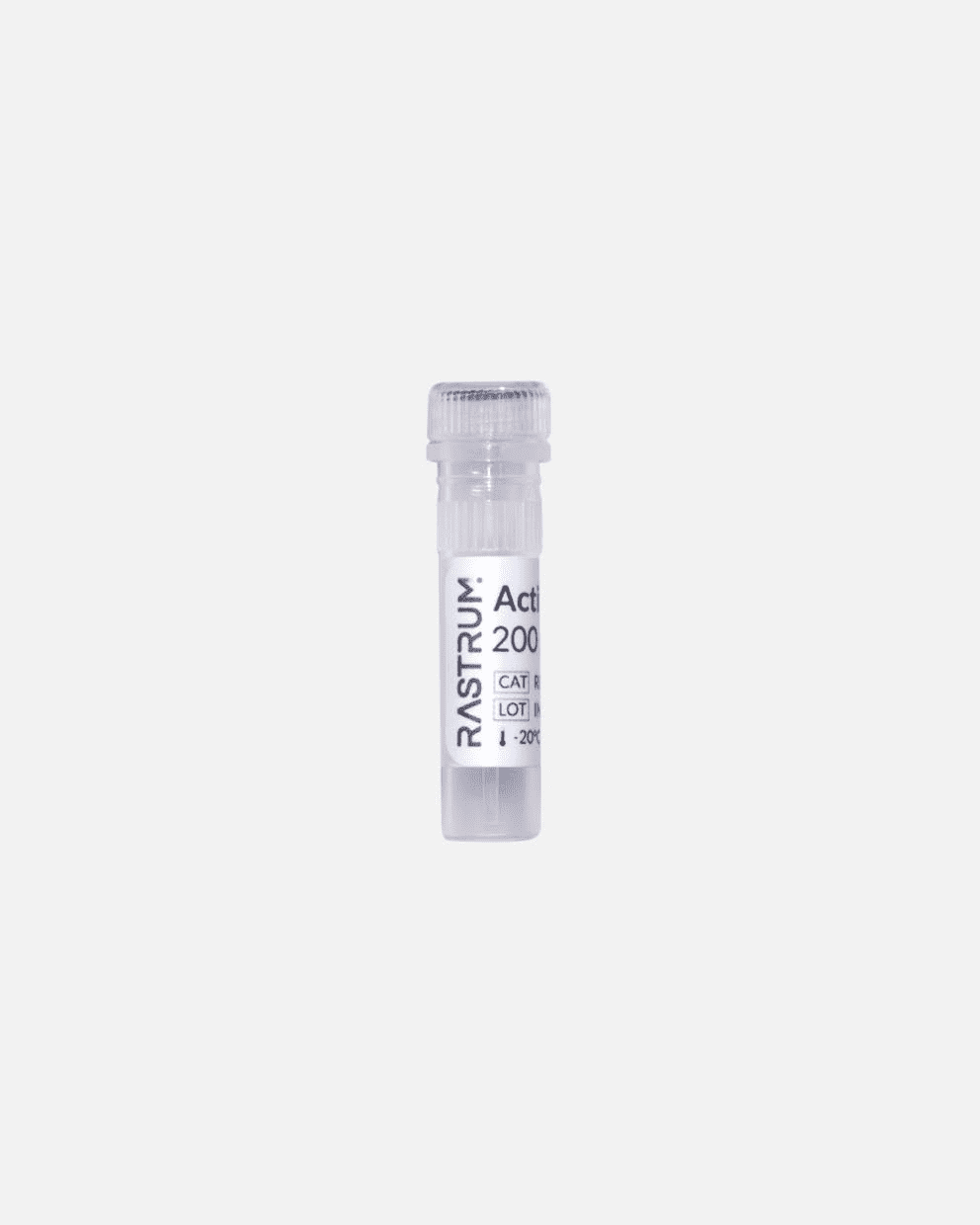No disease has ever been as overwhelming as cancer. Not only does it kill close to 10 million people every year, but even though we still fail to understand how to avoid it, one thing is for sure, researchers are beginning to look at this disease from a different perspective. We have seen lots of research on bioprinting human cells to mimic tumors for testing cancer drugs and now more than ever, new companies are surfacing to create bioprinters for a demand that will surely grow in the future. That is the case with Sydney based start-up Inventia Life Science. Built around digital bioprinting technology for fast, scalable, and reproducible printing of 3D cell constructs, company founders Julio Ribeiro, Aidan O’Mahoney, Cameron Ferris, and Philippe Perzi, expected their creation to remove the need for time-consuming manual labor of medical lab workers.
In 2013, the company’s research led to the development of a proprietary platform encompassing bioprinting technology, an expanding library of printable bioink materials, and custom protocols for specific applications. Their 3D bioprinting platform called Rastrum has been used to rapidly print human cells to help with cancer drug testing and recently, the Coronavirus pandemic motivated the company to produce 3D lung microtissues for researching therapies.
Highly recognizable and easily distinguished from its competitors due to its stand-out pink color, the device was designed with cell biologists in mind, instead of tissue engineers. In the last years, the developers emphasized how this as a great advantage of the printer for researchers who seek better 3D cell models. In that sense, Rastrum creators claim that the machine delivers a platform where hydrogels, printable structures, and printing parameters are pre-validated, enabling a simple and efficient workflow for the creation of 3D cell models. And best of all, no prior bioprinting knowledge is required.
Last year, the hot pink machine won one of Australia’s major design awards, the prestigious Good Design Award of the Year. Designed by two leading medical and science academics from Sydney’s Australian Centre for Nanomedicine (ACN), at the University of New South Wales (UNSW), Justin Gooding and Maria Kavallaris, as the result of a strong collaboration between the university, the Children’s Cancer Institute, and Inventia Life Science, Rastrum is being used extensively throughout Australia as well as other countries.
The printer uses ink-jet technology to print human cells at a rapid rate, quickly cultivating realistic tumors for testing cancer drugs. The technology focuses on printing high volumes of human cancer cell spheroids so that cancer researchers can try to find better ways to eradicate the disease. At the University of Technology Sydney, researchers are printing ovarian cancer cells, while the Victorian Centre for Functional Genomics (VCFG) at the Peter MacCallum Cancer Center in the Australian city of Victoria, was the first lab to install the Rastrum system and apply the technology to their ongoing cancer research.
The innovative technology allows scientists to print 3D cell models at unprecedented speed, replacing a time-consuming and manual process, expanding the capacity for research and drug development in cell models. According to scientists at VCFG, the machine is able to produce 1,000 3D cell models in less than six hours, a task that would regularly take more than 50 hours using current manual techniques.
One of the first users of the device, Kaylene Simpson, associate professor and head of the VCFG at Peter Mac said that “this is a novel and exciting platform for cancer research,” with “the ability to create realistic three-dimensional cell models through an automated and scalable process [that] will vastly accelerate our research progress and advance therapeutic target discovery.” She also revealed that “we have a very clear vision of the clinical applications of the technology.”
However, Inventia is also moving beyond its focus on cancer cells and is now claiming that the versatility of the Rastrum platform can also rapidly print 3D lung microtissue for COVID-19 therapy development. This is not the first biotechnology company that has chosen to focus its efforts to aid researchers in accelerating procedures and seeking cures for the newly discovered infectious disease caused by severe acute respiratory syndrome coronavirus 2 (SARS-CoV-2).
In fact, Inventia revealed in April that their Rastrum 3D bioprinting platform could become a powerful tool for the production of 3D lung microtissues and that the team of company researchers could move their expertise and capacity to develop these cell models, which can be tailored for therapy development. Furthermore, the Australian-based team proposed to even adjust the 3D cell models for the specific requirements of individual research laboratories and are already working with sites in Australia to explore the potential to accelerate in vitro research into COVID-19 therapies using advanced 3D lung microtissues.
Considering that to date there are currently no effective vaccines, antiviral treatments, or therapeutic agents against COVID-19, Inventia claimed that there is a very high need for multi-cellular in vitro microtissues to understand and assess treatments against this new virus to fend off the global pandemic. Previous lung alveolar research, they say, has shown that in vitro models that recapitulate the original tissue arrangement can be valuable tools both for lung toxicity studies and important therapeutic drug development.
Just like with scalable cancer models, Inventia claims that their cell model platform is capable of reliably producing several hundred 3D alveolar cell models per day, composed of the essential cell types and their native extracellular environment, to enable and accelerate the discovery and validation of novel treatments.
Based on proprietary digital bioprinting technology, Rastrum includes hardware, software, and printable biomaterials that together enable a robust drop-on-demand bioprinting approach, as opposed to the common extrusion-based bioprinter.
The Rastrum platform is basically being used by biomedical researchers to print advanced 3D cell culture models. However, the company has indicated that it is also working with world-leading scientists and clinicians on longer-term regenerative medicine programs.
The fast-growing, venture capital-backed startup also sought to transform the medical research sector by providing Rastrum hydrogels, which are the only validated hydrogels that the machine will work with. Inventia chose to provide their own library of natural and synthetic printable hydrogel bioinks, as well as their own custom software-embedded printing protocols, to help users focus on the biology.
A prominent feature of the Australian bioprinting community is how fast it’s growing. From research institutions to universities, companies, and government-funded projects, the field is amassing a lot of followers, mainly students determined to find the next boom in life science occupations. The field is opening up opportunities for young innovators to create new machines and push the boundaries of the technology. And startups, like Inventia Life Science, are doing just that, upgrading their machines to create versatile and robust instruments that are easy to handle and cost-effective for researchers and labs. As one of the leading firms to supply Australian cancer research labs, we certainly expect to hear more about them in the future.
Subscribe to Our Email Newsletter
Stay up-to-date on all the latest news from the 3D printing industry and receive information and offers from third party vendors.
You May Also Like
Gorilla Sports GE’s First 3D Printed Titanium Cast
How do you help a gorilla with a broken arm? Sounds like the start of a bad joke a zookeeper might tell, but it’s an actual dilemma recently faced by...
Nylon 3D Printed Parts Made More Functional with Coatings & Colors
Parts 3D printed from polyamide (PA, Nylon) 12 using powder bed fusion (PBF) are a mainstay in the additive manufacturing (AM) industry. While post-finishing processes have improved the porosity of...
$25M to Back Sintavia’s Largest Expansion of Metal 3D Printing Capacity Since 2019
Sintavia, the digital manufacturing company specializing in mission-critical parts for strategic sectors, announced a $25 million investment to increase its production capacity, the largest expansion to its operations since 2019....
Velo3D Initiates Public Offering in a Bid to Strengthen Financial Foundations and Drive Future Growth
Velo3D (NYSE: VLD) has been among a number of publicly traded 3D printing firms that have attempted to weather the current macroeconomic climate. After posting a challenging financial report for 2023,...



































